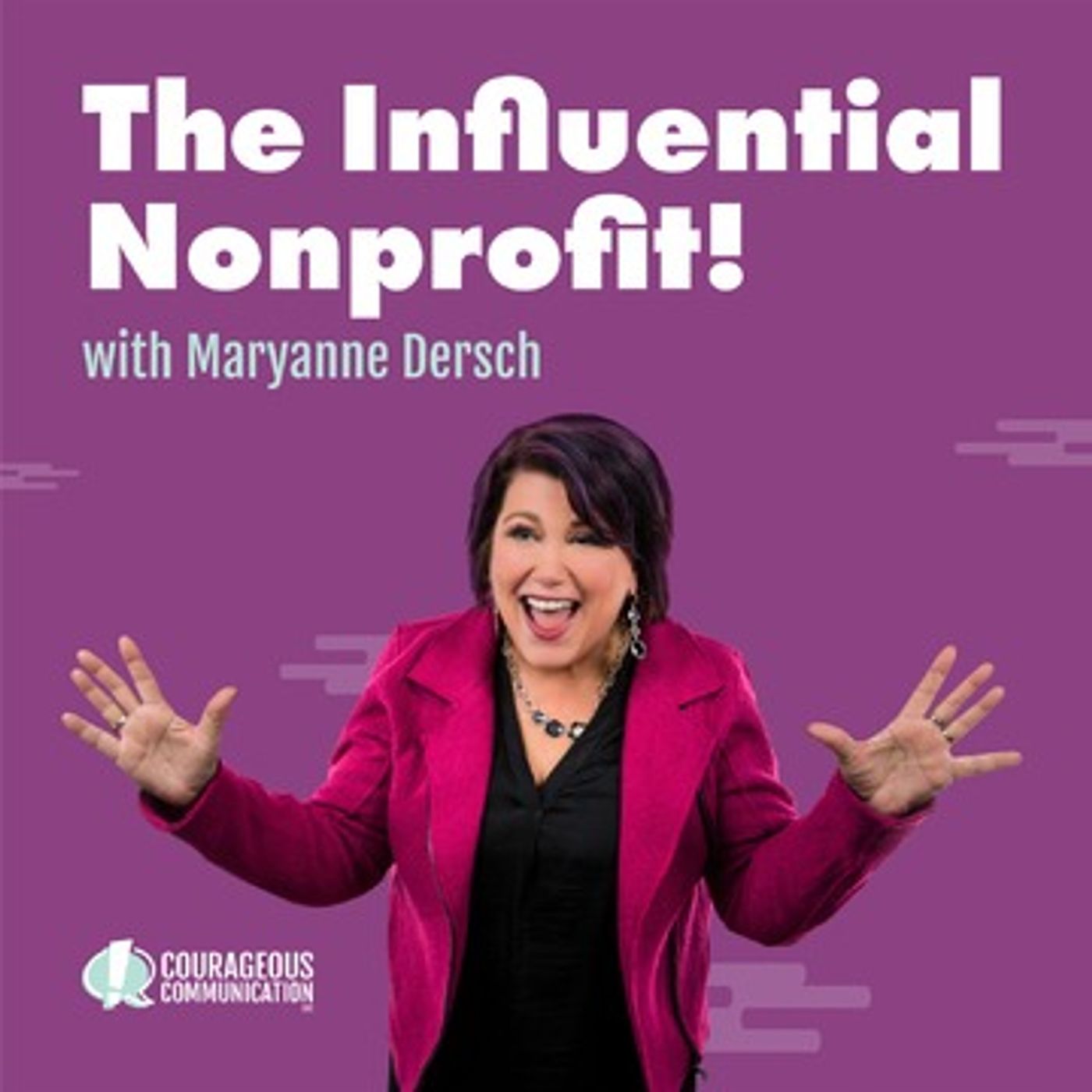- After-Shows
- Alternative
- Animals
- Animation
- Arts
- Astronomy
- Automotive
- Aviation
- Baseball
- Basketball
- Beauty
- Books
- Buddhism
- Business
- Careers
- Chemistry
- Christianity
- Climate
- Comedy
- Commentary
- Courses
- Crafts
- Cricket
- Cryptocurrency
- Culture
- Daily
- Design
- Documentary
- Drama
- Earth
- Education
- Entertainment
- Entrepreneurship
- Family
- Fantasy
- Fashion
- Fiction
- Film
- Fitness
- Food
- Football
- Games
- Garden
- Golf
- Government
- Health
- Hinduism
- History
- Hobbies
- Hockey
- Home
- How-To
- Improv
- Interviews
- Investing
- Islam
- Journals
- Judaism
- Kids
- Language
- Learning
- Leisure
- Life
- Management
- Manga
- Marketing
- Mathematics
- Medicine
- Mental
- Music
- Natural
- Nature
- News
- Non-Profit
- Nutrition
- Parenting
- Performing
- Personal
- Pets
- Philosophy
- Physics
- Places
- Politics
- Relationships
- Religion
- Reviews
- Role-Playing
- Rugby
- Running
- Science
- Self-Improvement
- Sexuality
- Soccer
- Social
- Society
- Spirituality
- Sports
- Stand-Up
- Stories
- Swimming
- TV
- Tabletop
- Technology
- Tennis
- Travel
- True Crime
- Episode-Games
- Visual
- Volleyball
- Weather
- Wilderness
- Wrestling
- Other
Chelsea Lamego & Alejandro Stevenson-Duran: How Effective Fund Admin Leads To More Donations
Chelsea Lamego is the Co-Founder and CEO of FundMiner. She was previously the Assistant Vice President for Advancement Operations at The University of Texas at El Paso. Before joining UTEP, Chelsea was Executive Director of El Paso Opera and previously worked in real estate property management and restaurant management. Chelsea received a Bachelor’s and Master’s degree in Business Administration at UTEP.Alejandro Stevenson-Duran is Co-Founder and Chief Product and Technology Officer at FundMiner. He's a technical leader with a track record of successfully launching B2B products, specializing in scaling ML-powered products for millions of users while working at top tech companies including Microsoft and Meta. His experience and education as a Computer Engineer drive his passion for crafting user-oriented products and proficient workforces. Key Takeaways:There is a chronic underinvestment in infrastructure in nonprofit organizations due to many various reasons. One of the main reasons is that there is an emotional hurdle that nonprofit leaders have to get through. Investing in infrastructure often brings up feelings of guilt, and a nonprofit has to let go of that emotion and understand that investing in technology is rational and justified.One common difficulty that nonprofits face, whether small, medium, or large, is managing their money in the midst of restrictions and honoring donor intent. There are a lot of manual tasks associated with using money correctly as a nonprofit and technology exists as a co-pilot to the organization in this issue.As you start to scale, you will need more people to manage your systems, operations, and infrastructure unless you leverage technology for that. By being efficient with your technology and operations, you can create more capacity in the area of fundraising.There are two types of Impact Reporting that you can do. First, have an engagement-type impact report that shows how the organization grew and performed last year. The second type is for those who have restricted funding. Have a more in-depth report specific to a restricted fund for the donors who have given into that fund.Do a comprehensive data inventory in your organization. Ask yourself where your data lives and what gaps in the system you currently have. Doing a comprehensive data inventory allows you to know what you have, and more importantly, what you don't have. “We really want to look at technology as an investment. You're investing in infrastructure that is going to support and help you meet your organizational goals. By looking at it as more of a long-term investment, you start to see the ROI and value.” “By investing in the infrastructure and systems to support your fundraising operation, everything that happens after you receive the gift, you're really perpetuating longer term sustainability growth, up your donors, more funding, more programs.” “Being able to measure how those funds were used, and having the data available to report back to or share the story with donors of their impact, really starts to build that trust and that positive cycle that's going to get you more donors, more donations, more impact over and over.” - Chelsea Lamego “Not all money is the same, right? Not just because you have X amount of money in the bank means you're able to spend it however you want. There's this thing called restrictions and honoring donor intent. That is a key difficulty that we see, ranging across all nonprofits, small, medium, and large.” “It's one thing being able to scale your fundraising team so that you can knock on more doors and get more donors. But it's another thing being able to manage the f

